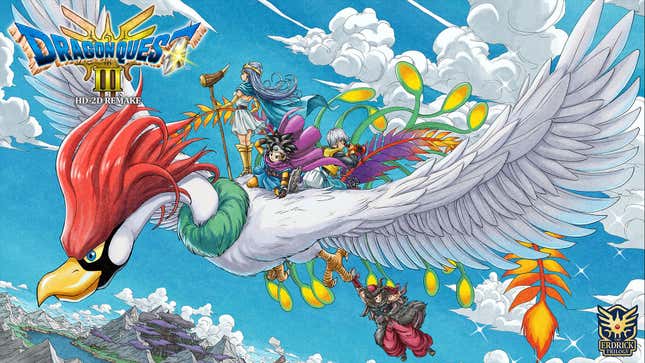
Image: Square Enix
Dragon Quest III HD-2D Remake is the epitome of a new twist on an old classic. At its core, this HD-2D remake plays like an NES or SNES game with a fresh coat of paint. Yet, by the same token, it injects several new features and quality-of-life adjustments that will make this version of Dragon Quest III feel new for even longtime fans. I should know, as I played Dragon Quest III just a few years ago and was shocked by how long it took me to get my bearings. Fighters and Martial Artists start with MP bars? Is this even Dragon Quest III!?
While I did enjoy figuring out all the idiosyncrasies of this remake, I can’t lie; I wish I learned some of these lessons right off the bat. So if you’re looking to save yourself some time and see what makes Dragon Quest III so special, take advantage of these ten tips that will make your journey to become the legendary Erdrick that much better.
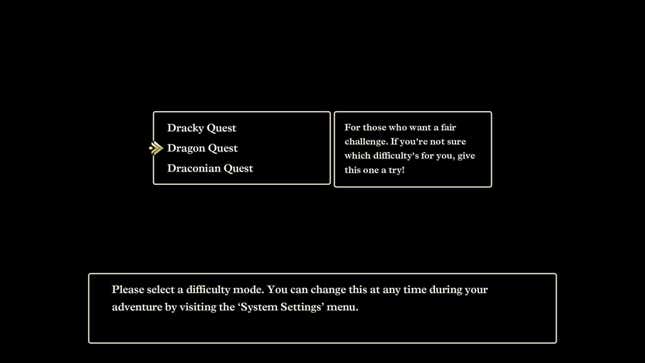
Screenshot: Square Enix / Kotaku
When it comes to RPGs, I am traditionally a “hard mode” gamer. I hate it when I can optimize all the difficulty out of a game away, and I especially don’t want a game to hold my hand. So I don’t say lightly that the “Draconian Quest” hard mode of Dragon Quest III HD-2D Remake is a predominately worse way to experience the game.
Not only does this make the litany of random battles take longer to chew through, this mode also reduces your experience and gold income from encounters. This is really bad in Dragon Quest III, as the game’s trademark class change mechanic forces party members to start over from level 1 and build their stats up again. In other words, playing on Draconian Quest involves either spending more time without interesting cross-classed characters, or level grinding more just to get your party members back up to speed.
If you want a challenge, just play on the normal “Dragon Quest” mode and use skills like the Thief’s Padfoot to lower the rate of random encounters. This will naturally keep your party’s levels lower that way, and you can spend more time exploring every nook and cranny for hidden treasure.
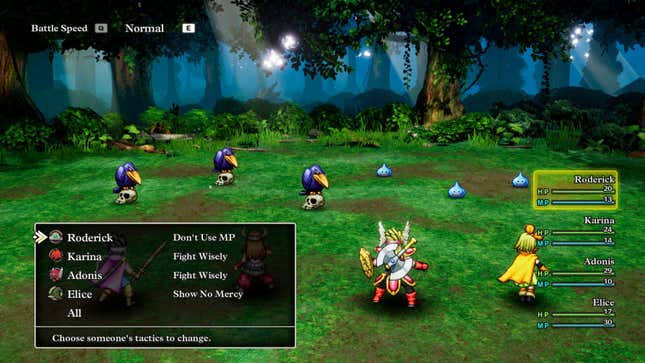
Screenshot: Square Enix / Kotaku
Speaking of random battles, you’ll fight a lot of them in Dragon Quest III HD-2D. For reference, I popped the achievement for fighting 1,000 random battles before I saw the end credits. Under normal circumstances, taking an extra minute to specifically plan out your attacks in every battle might not sound like a big deal. But over that many battles, you’ll add literal hours of unnecessary busywork to your playthrough.
Fortunately, Dragon Quest III is designed with autobattle in mind. Labeled “Tactics,” in the combat menu, you can assign specific behaviors to your party that will save you the time of manually issuing commands each turn yourself. What’s more, the autobattle AI is pretty smart overall and typically uses the best move possible depending on your orders. While I wouldn’t use autobattle for major boss battles, it will make normal encounters way faster.
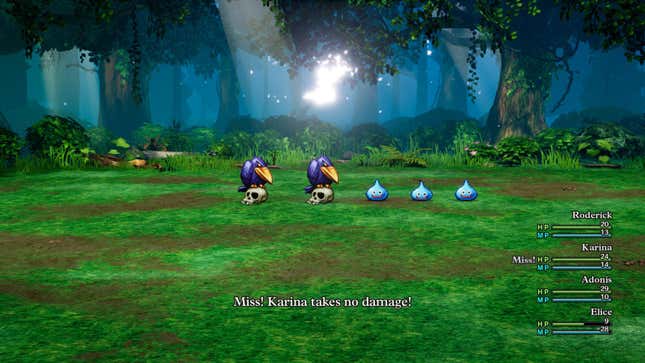
Screenshot: Square Enix / Kotaku
As our final stop on the “do this to improve your quality of life” train, go ahead and pump up the battle speed settings to “Ultra-Fast” right away. Battles in Dragon Quest III HD-2D move dreadfully slowly by default (even compared to past versions of Dragon Quest III), and you don’t necessarily need to read every letter of battle text to understand what’s going on.
The only exception is if you use a Gadabout, as you probably won’t have enough time to read about the antics your ne’er-do-well companion is getting into. But, also, maybe don’t start the game with a Gadabout either. Consider that a bonus tip.
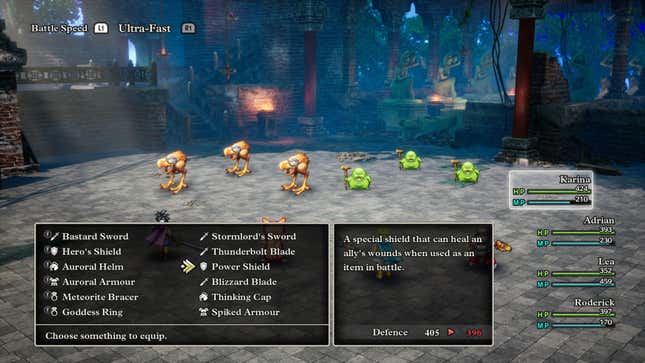
Screenshot: Square Enix / Kotaku
Dragon Quest III HD-2D still makes each character manage their own individual inventory, so your first impulse may be to load up your party with healing items in case of an emergency. But surprisingly enough, you may prefer to give your characters backup equipment instead.
For example, you may generally gravitate towards weapons like boomerangs and whips that can attack groups of enemies, but these are less impressive against single targets. If you put a strong sword or spear in your character’s bag, they can freely switch to their new toy using the Equipment option in battle. Some armor can also be situationally useful, such as the Mirror Shield that can reflect magic spells. This is a great boon against spell-casting enemies, but if you don’t want healing spells to bounce off them, a backup shield will save the day.
You don’t need to min-max your equipment to win, necessarily. But when a group of Metal Slimes shows up, you’ll be happy to have weapons on each character that can deal with them.
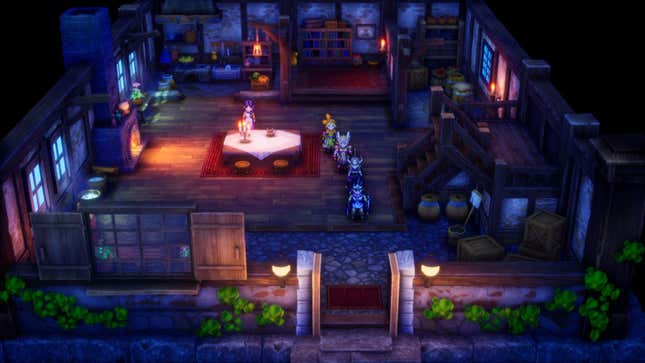
Screenshot: Square Enix / Kotaku
At the start of your adventure in Dragon Quest III HD-2D, your party will be (mostly) naked and (probably) afraid. Every gold piece counts, and fortunately your mother isn’t going to let you waste your hard-earned cash on a subpar bed. When nighttime falls, walk back home and Mum will let you get a good night’s rest for free. She’ll let your friends stay too, even if you gave them names like Snot Rocket, OooOOoooOo, or Gary Busey.
On a similar note, make sure to check in at home throughout your adventure. You may unlock special little story sequences as you uncover fragments of your father’s journey all those years ago.
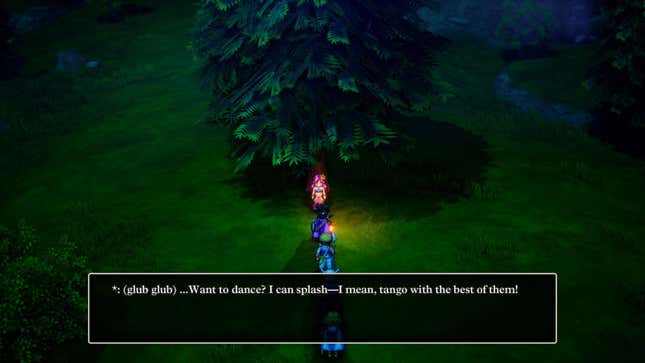
Screenshot: Square Enix / Kotaku
New to Dragon Quest III HD-2D are friendly monsters scattered all throughout the world. For most of these monsters, you can simply approach them while meeting the proper prerequisites (which a Monster Tamer can completely negate) and they’ll join your party without issue. However, in some areas in the game the Animal Instinct skill will tell you there are monsters hiding, but you’ll see there is nary a creature to be spotted no matter how long you search. What gives?
In cases like these, don’t pull your hair out trying to search for these monsters. Several friendly monsters are actually in disguise, and you’ll need the Ra’s Mirror item to find them. This is a mandatory key item, so you literally cannot miss it once you progress far enough. Once you have it, a disguised monster will reveal itself once you talk to it, and it will subsequently flee to your roster. Keep this in mind as you explore: if you see any out-of-place NPCs with unusual dialogue, there’s a good chance that it’s a monster you’ll want to revisit later.
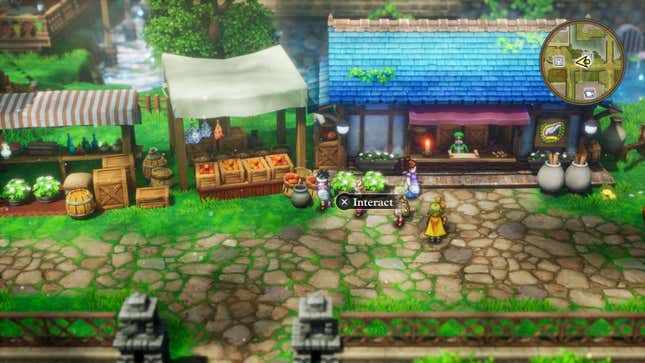
Screenshot: Square Enix / Kotaku
If you’re a Dragon Quest fan, you’ll know there are intrinsic rules that most games in this series follow. There are herbs in the pots in town. There could be a sword hiding in every barrel. And in Dragon Quest III, there are books on the bookshelves that you can pick up, and some of them can change your entire personality. I mean, I don’t blame my in-game avatars. “Guns ‘n’ Buns” is a life-changing read.
Less obvious, however, is that you’ll find treasure hidden in places with no visual clues at all! You’ll see the “Interact” prompt when you’re standing over a piece of hidden treasure, but that’s the extent of it. Fortunately, Thieves learn the skills Nose for Treasure and Snoop, which are tailor-made for helping you find these secrets. Keep your eyes peeled!
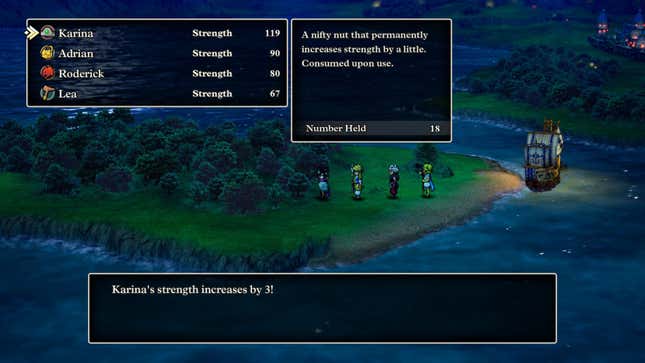
Screenshot: Square Enix / Kotaku
Speaking of treasure, you’ll find yourself armed with a healthy number of Seeds on your journey. Each Seed can raise the stats of whichever character you use them on, so you may feel tempted to just turn off your brain and dump them all on your main character. To that, I say… yeah, not a bad idea.
Sure, your protagonist is an all-rounder who can take advantage of every stat, so they have that going for them. But more importantly, your other party members will change their classes at least once during your (dragon) quest, which will revert their level back to 1 while retaining half of their previous stats. So if you raise a party member’s HP by 4 using seeds and change their class again, well… that’s kind of like you only raised it by 1. You don’t actually need to use Seeds to complete the main story, so you may prefer to hold onto them to help min-max your party if you decide to take on some of the game’s harder challenges down the line. But otherwise, the protagonist will generally get the most value out of each seed since they aren’t capable of class changing.
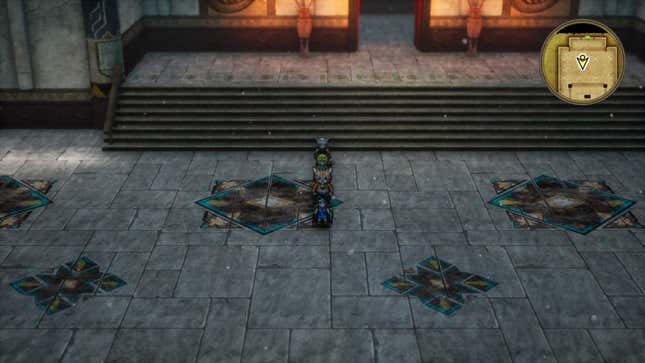
Screenshot: Square Enix / Kotaku
Dragon Quest III HD-2D lets you turn on a quest objective marker on your map screen, which plainly spells out whatever destination you need to visit next. For players who don’t feel like remembering clues, or just want a relaxing adventure, this is a nice feature. That said, this was not how Dragon Quest III was originally meant to be experienced, and means you can miss entire major dungeons by following waypoints!
Additionally, Dragon Quest III HD-2D massively expands the original game’s world map to include random treasure to find, and “secret spots” which can hide collectible items or monsters for you to wrangle. You’ll often find yourself well rewarded for venturing off the beaten path.
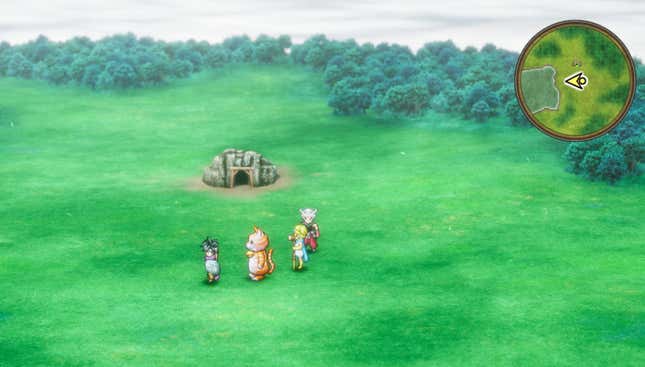
Screenshot: Square Enix / Kotaku
Dragon Quest III has always been a game full of surprises. I’m not going to specify what that means in case you’re brand new to this game, but I can tell you that when you think this game is over, it’s really not. Allow yourself to feel accomplished when the end credits grace your eyeballs—but you should also load your save file again afterwards to see what surprises are still hidden in this game.
I also put this here because, if you’re a completionist wondering why you can’t max out your collectible monster roster before confronting the final boss, this is why! Just don’t be like me and bring a Gadabout into the final main story boss, because you know there’s more content coming down the line. I should have listened to my own advice back at number 3.
.



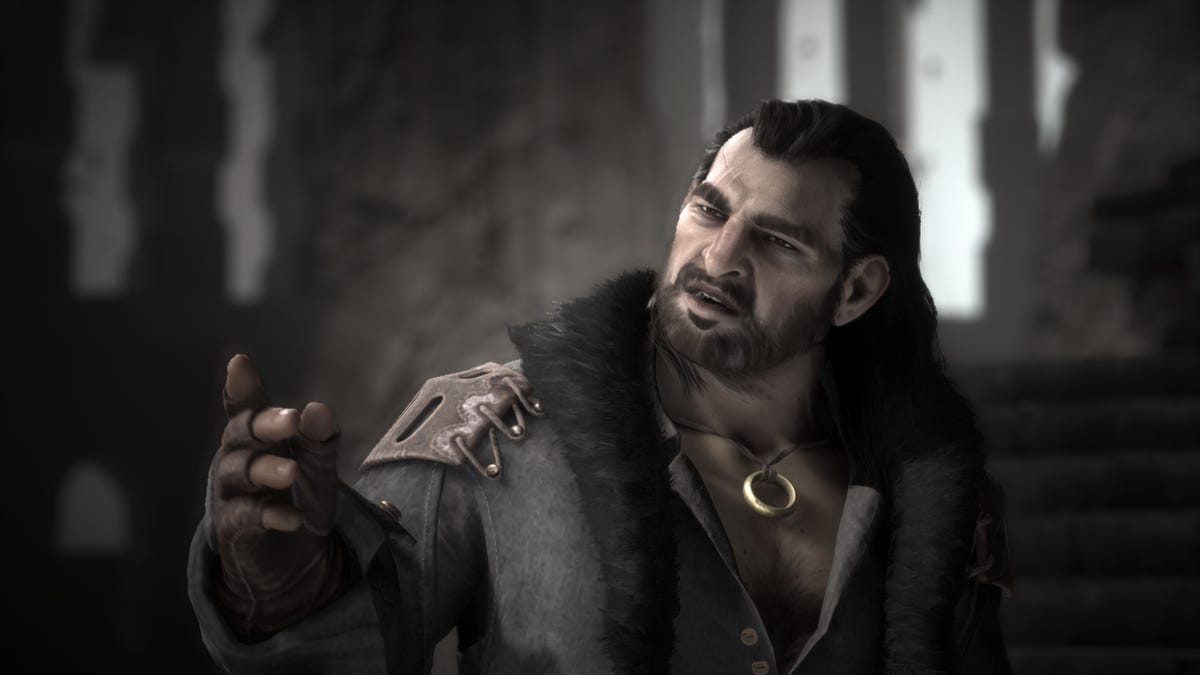



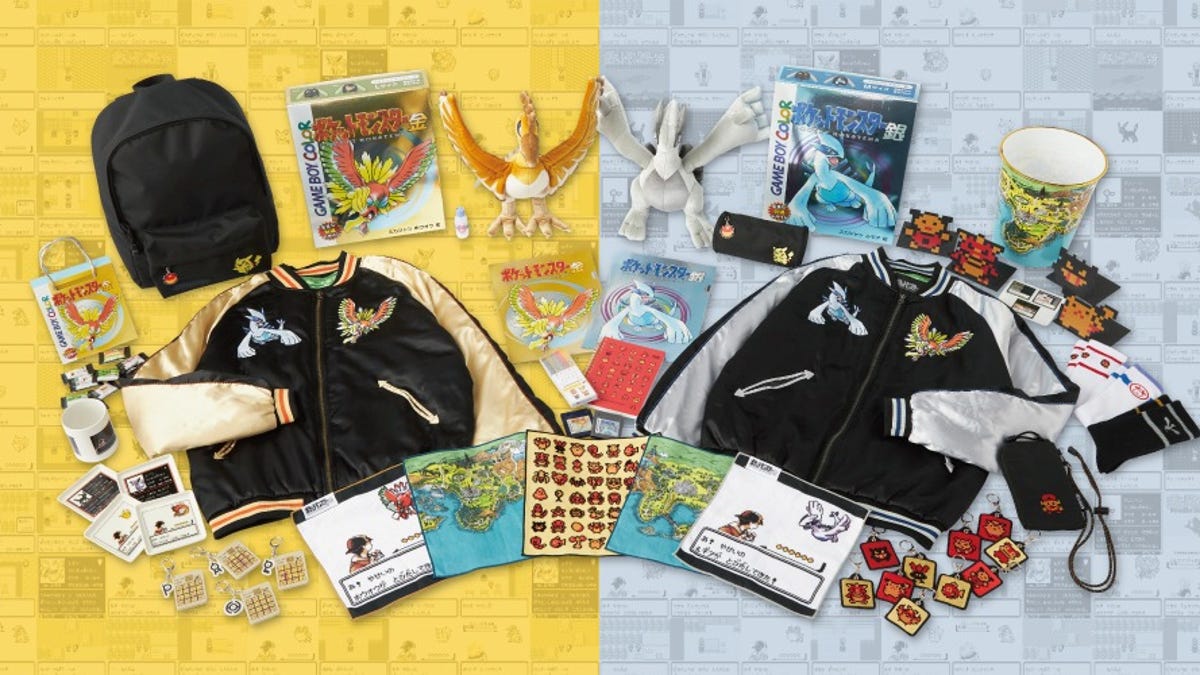












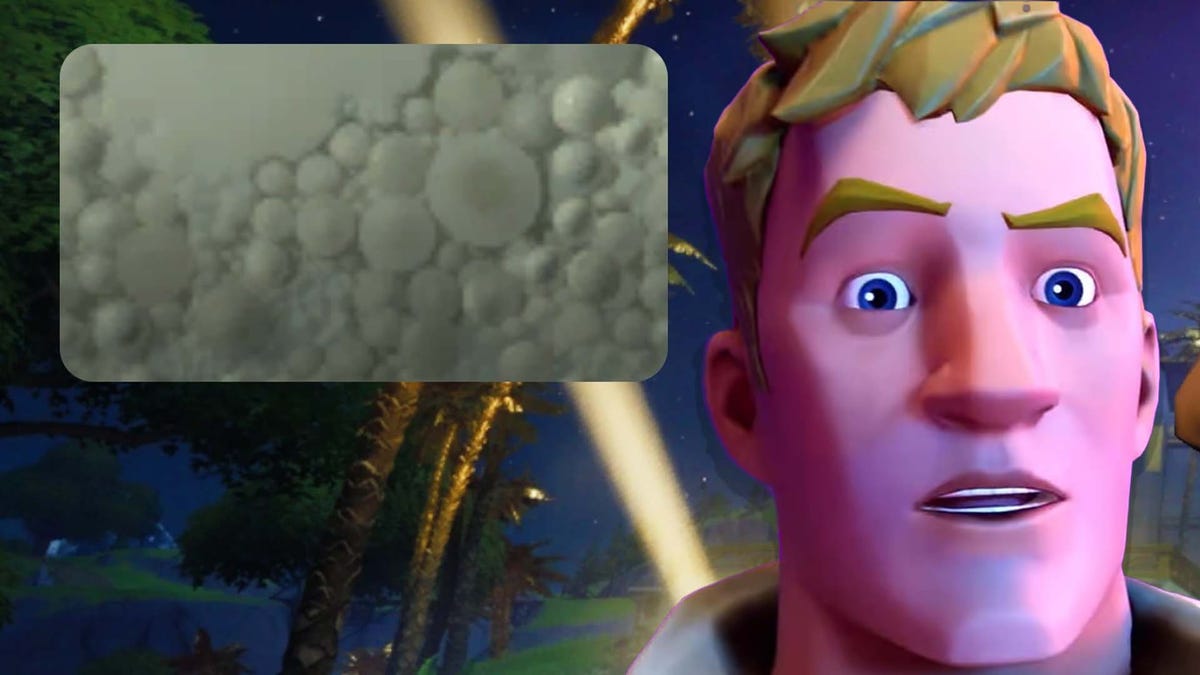


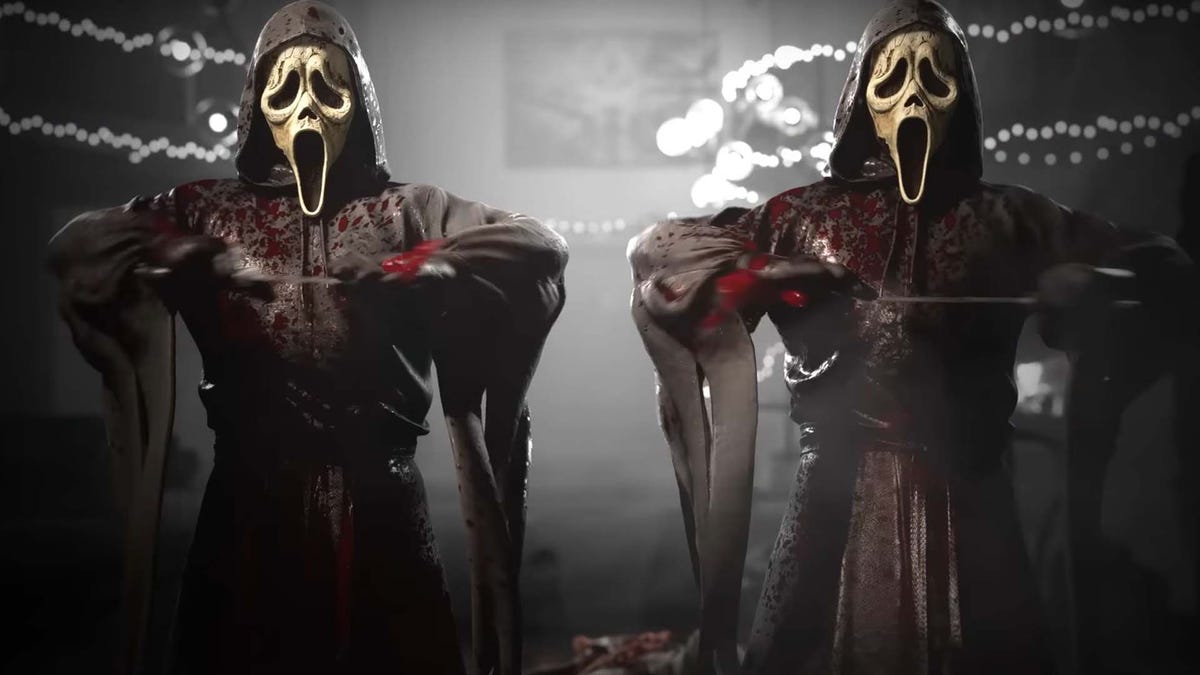

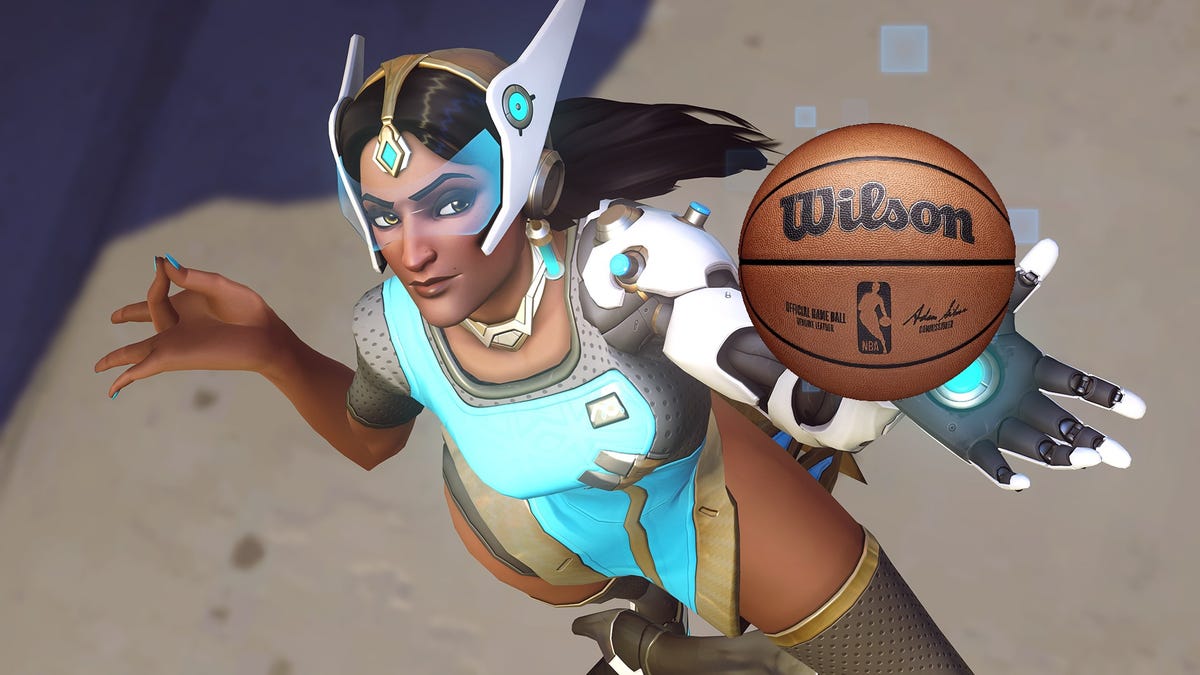



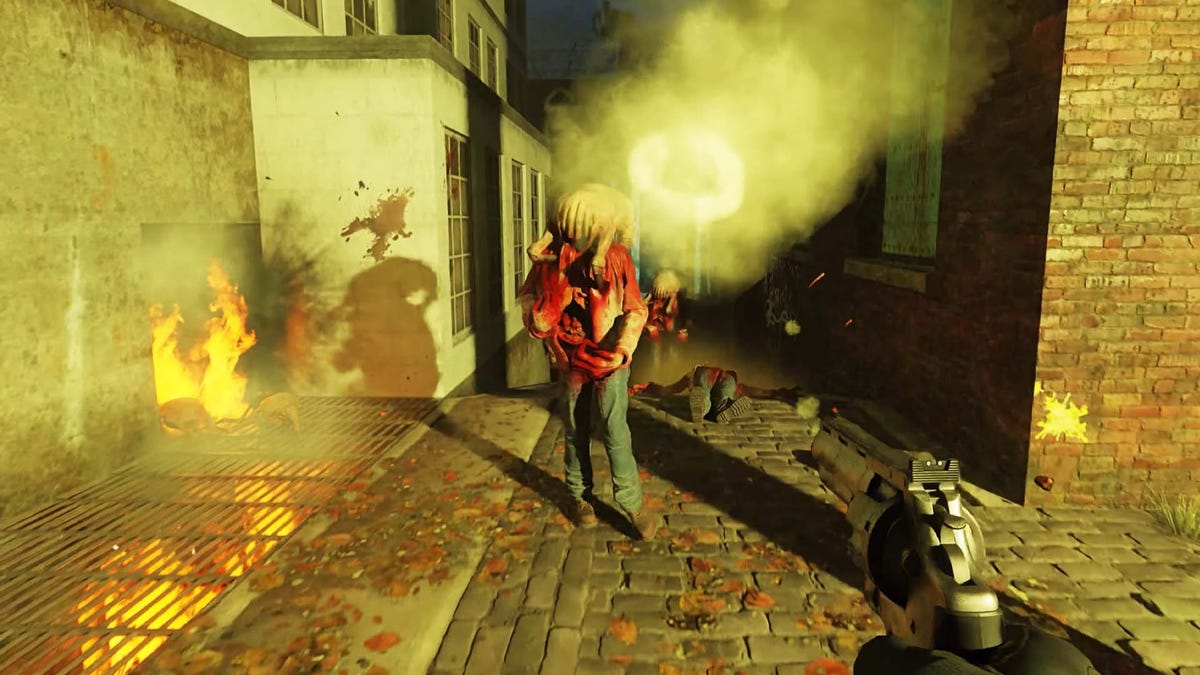
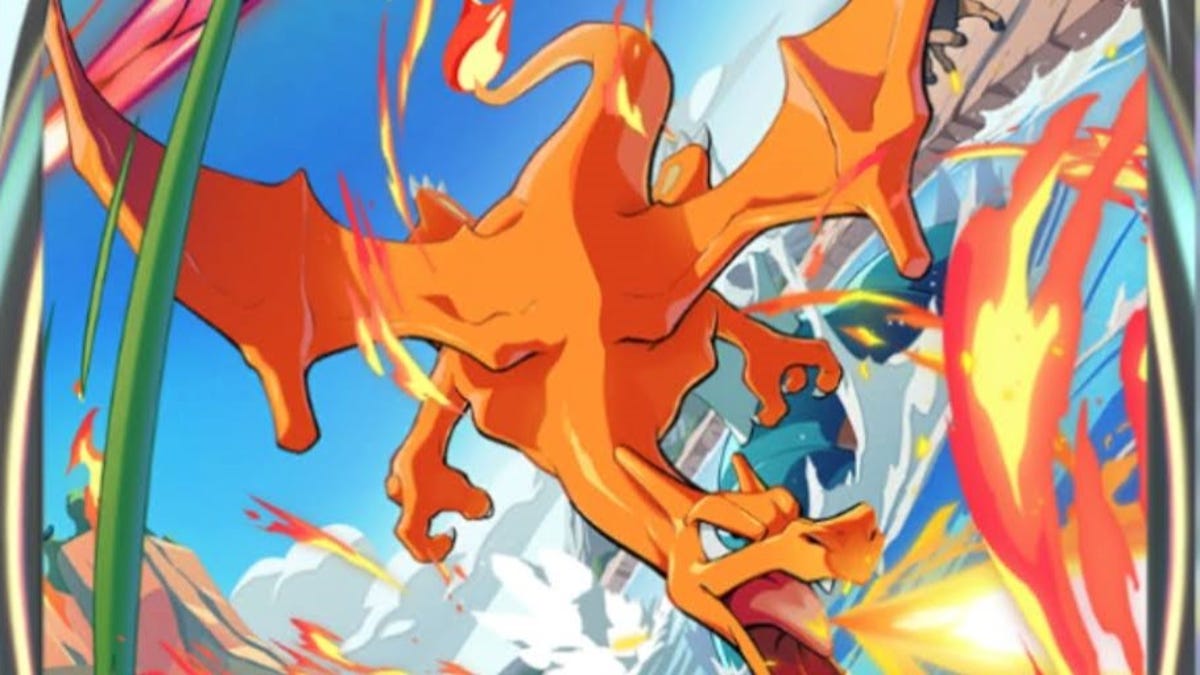


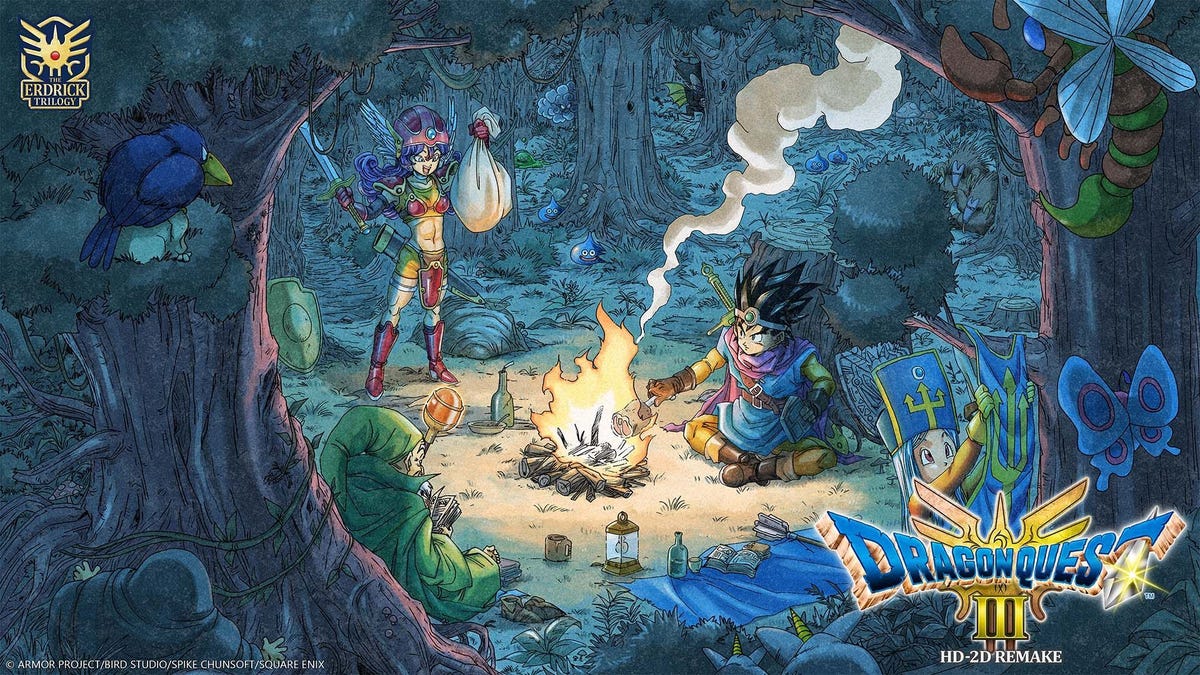
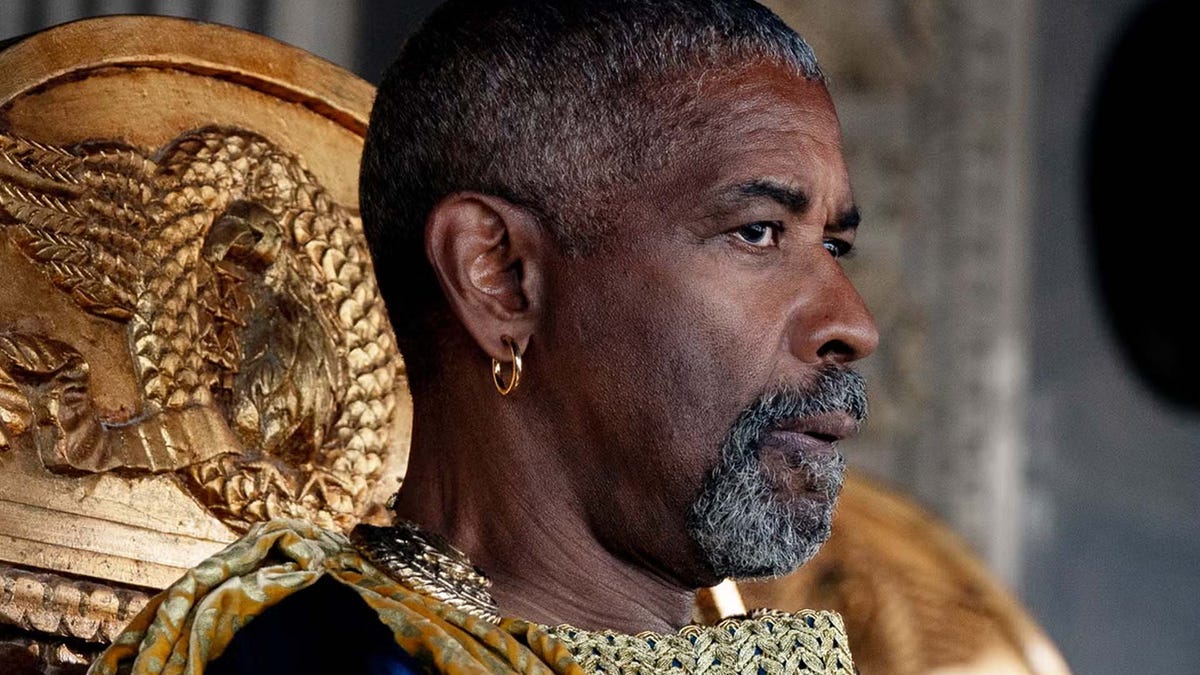

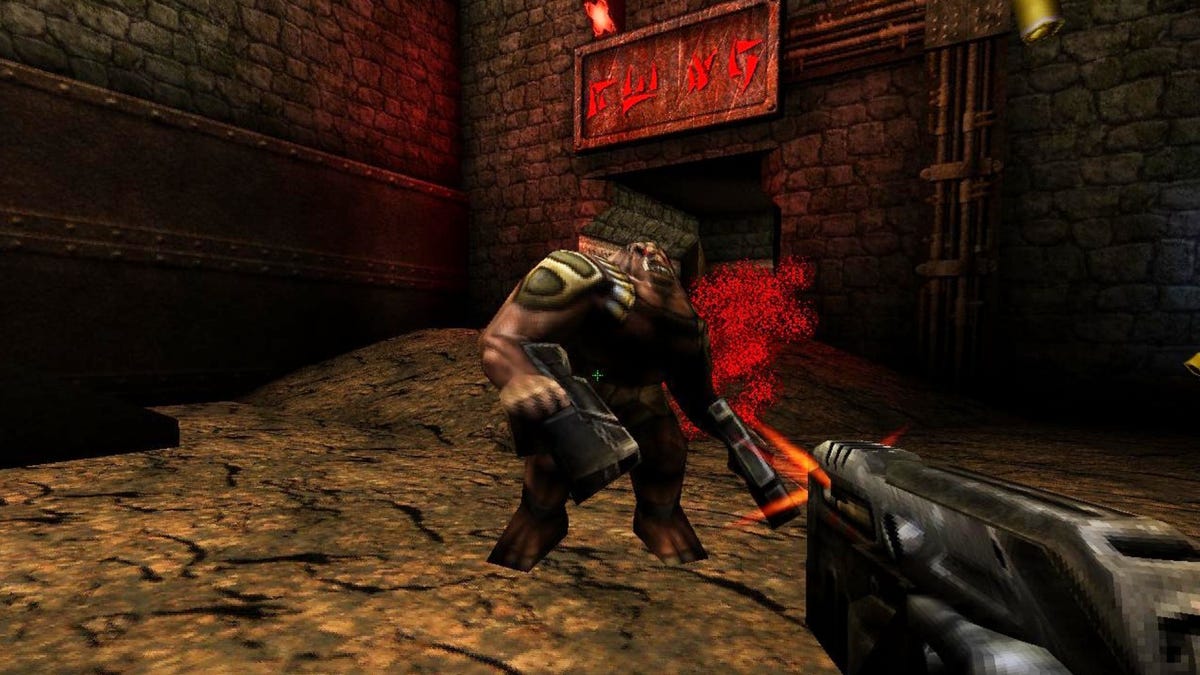


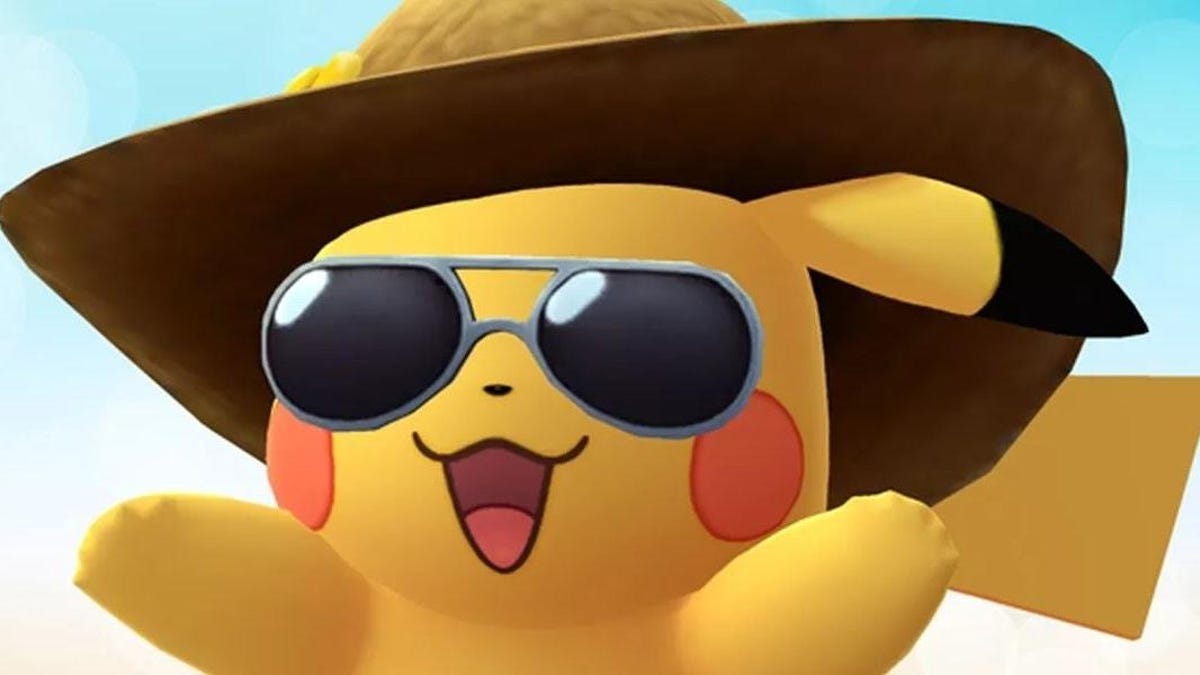

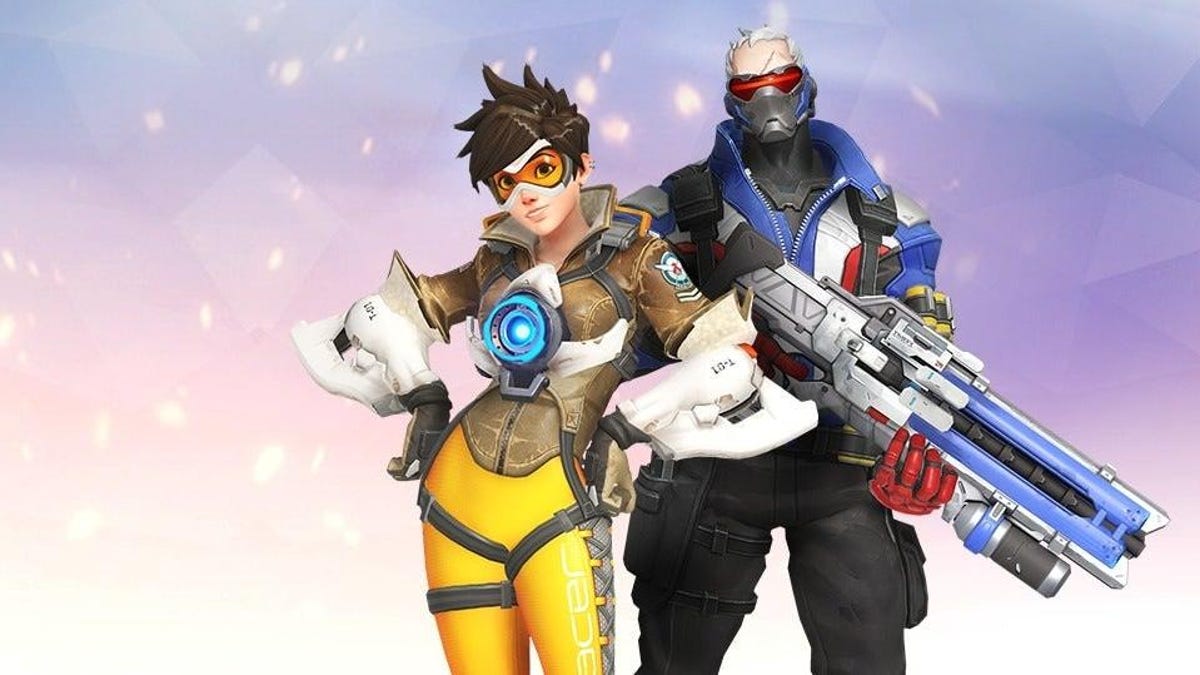
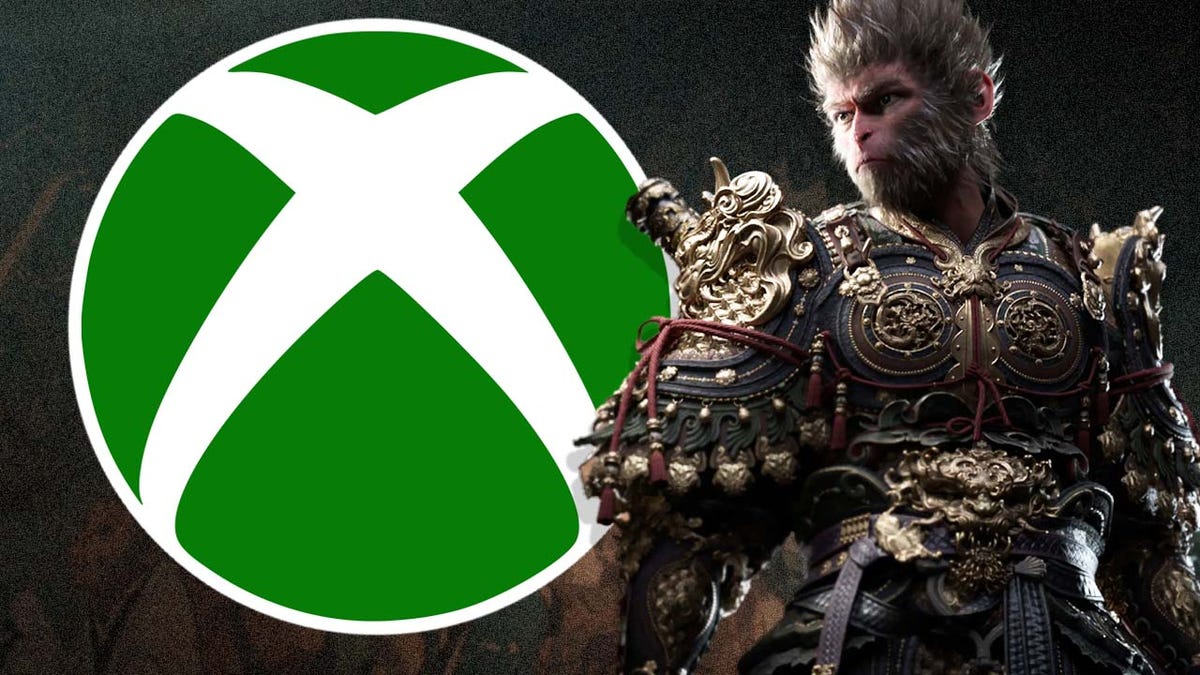


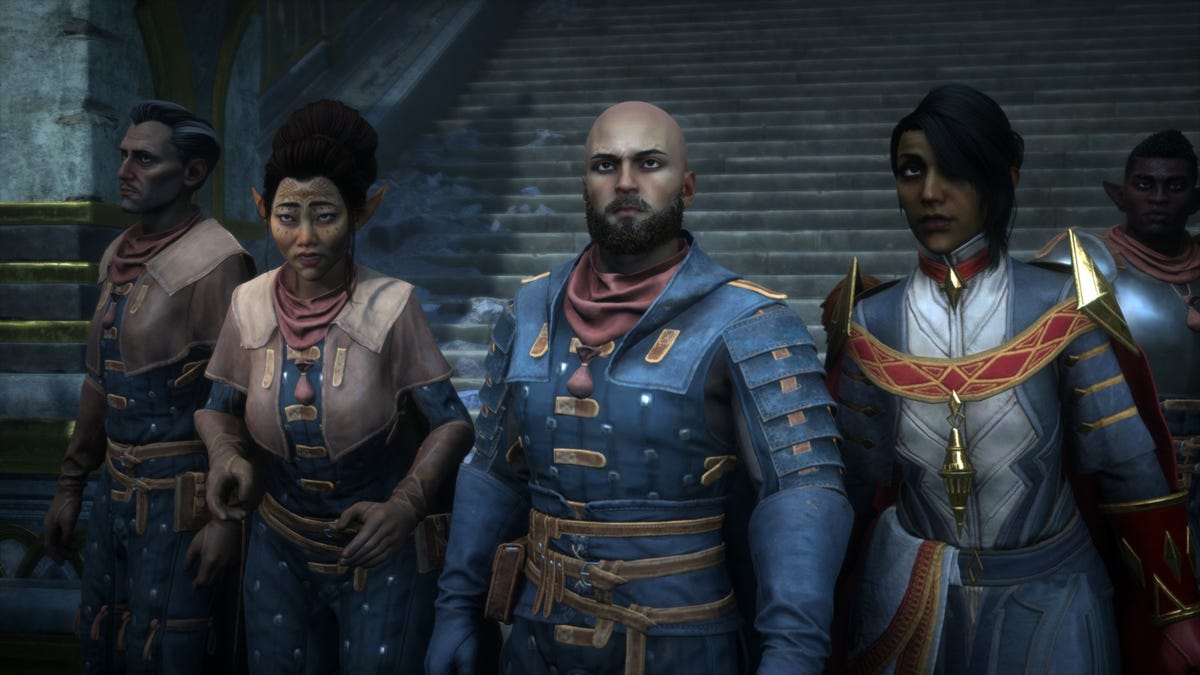

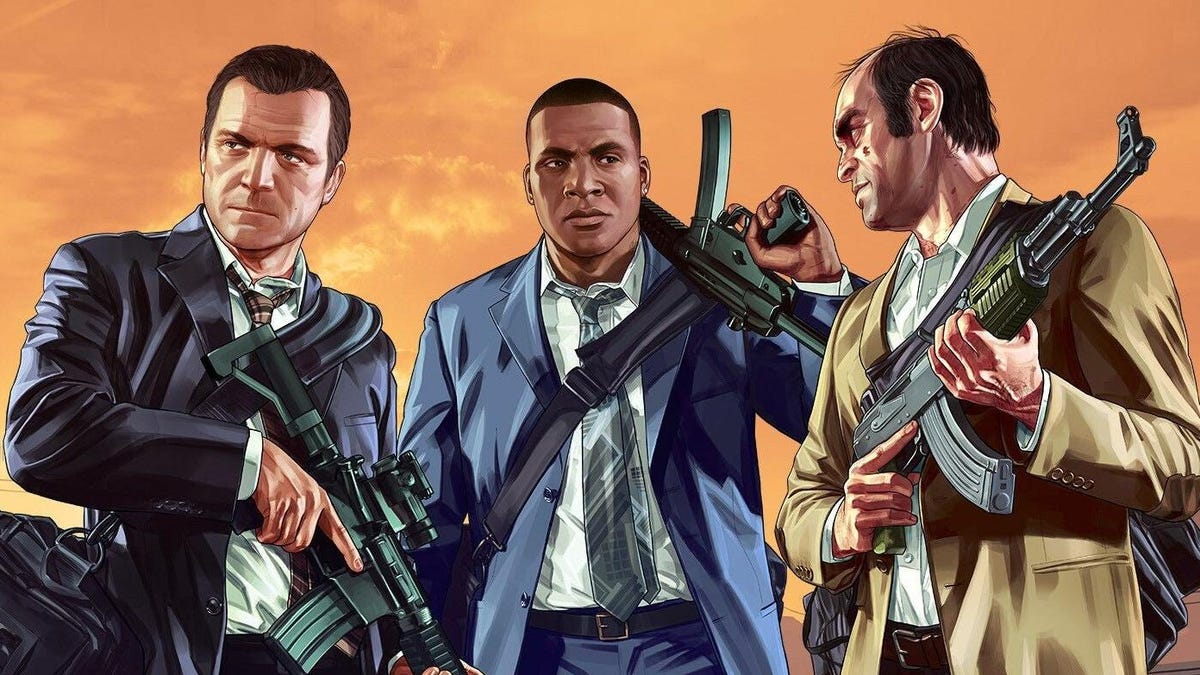
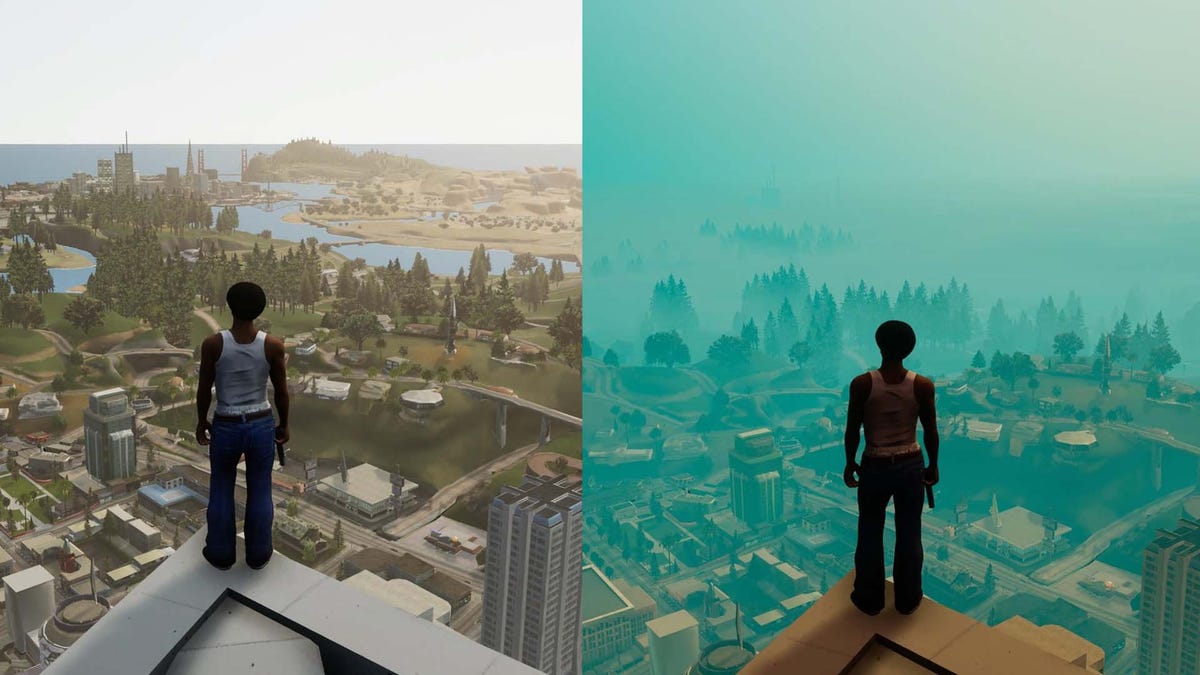

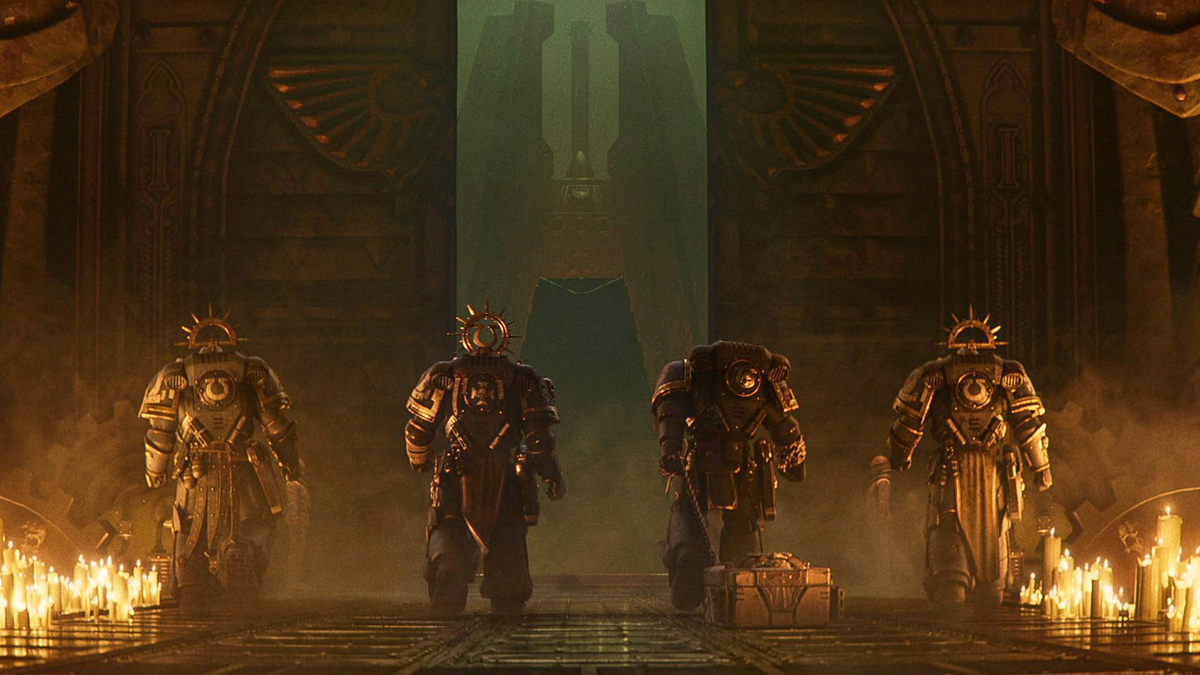
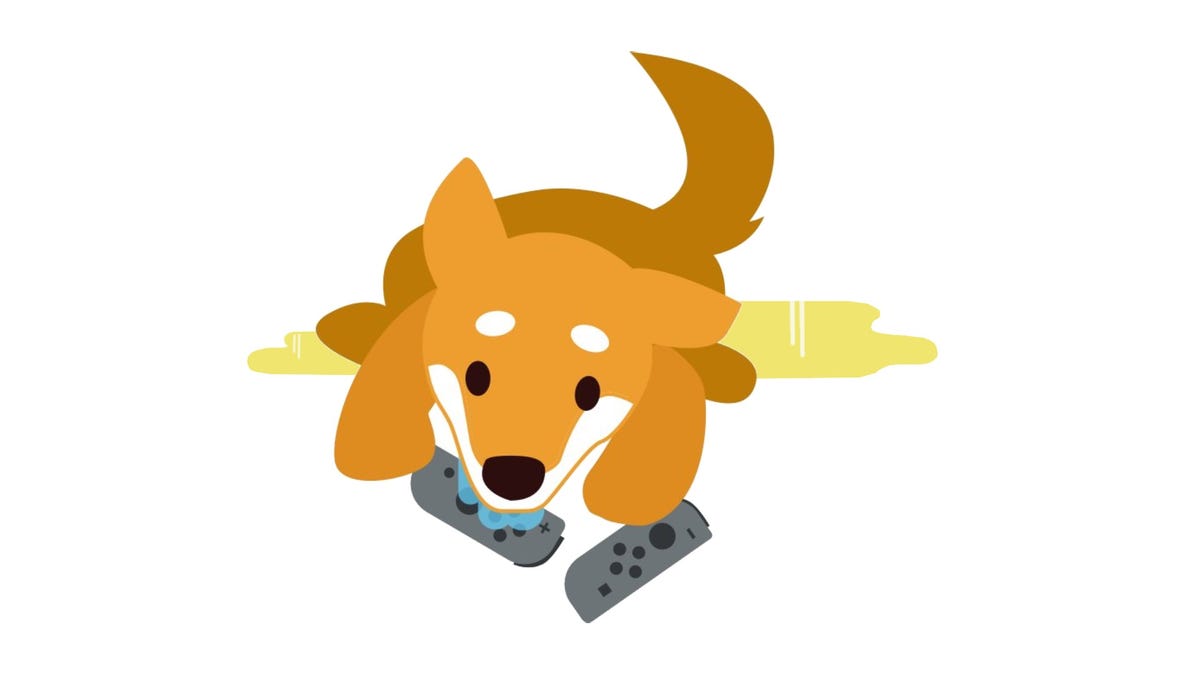

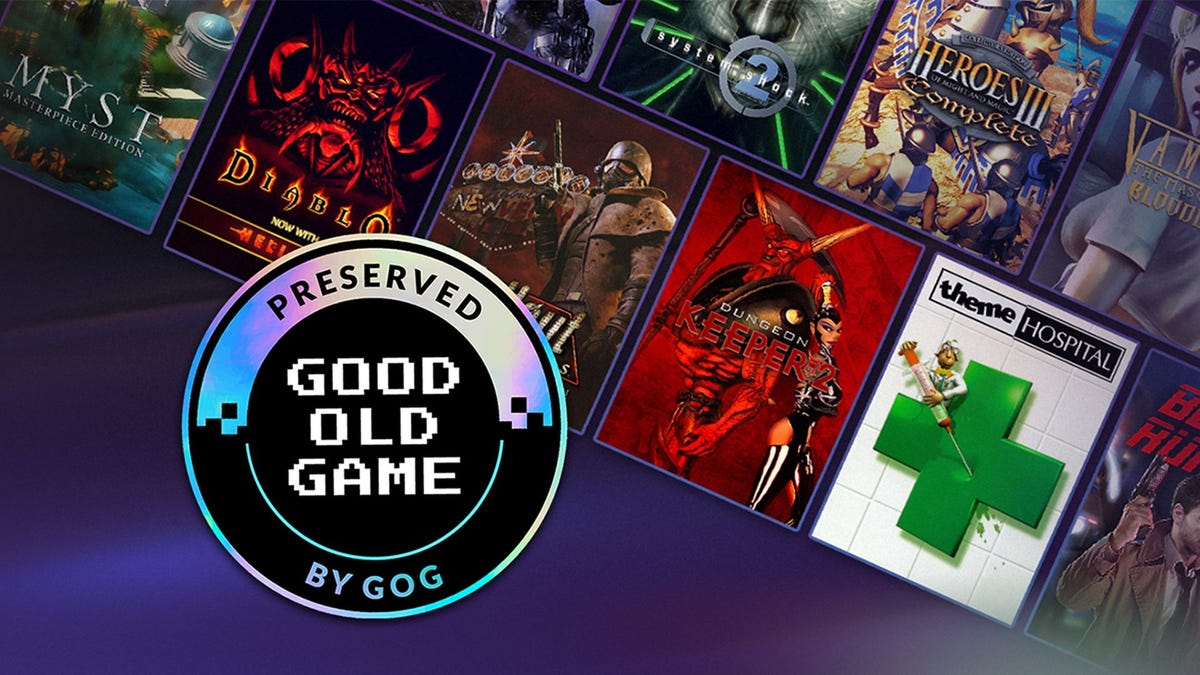

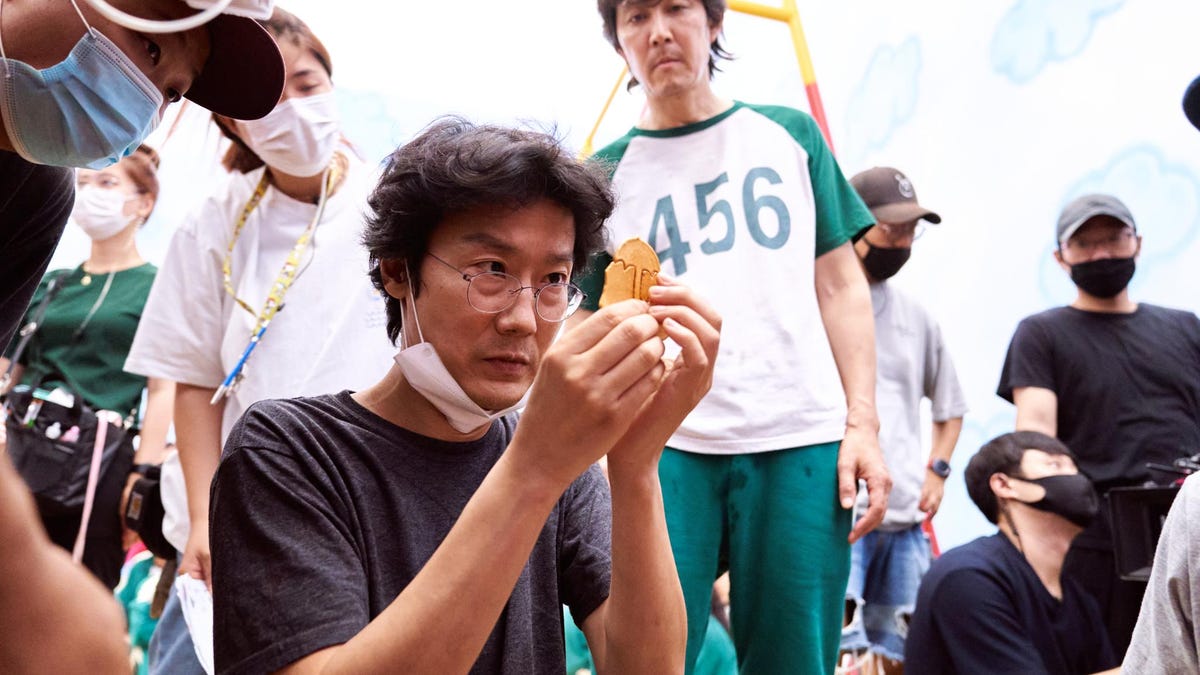

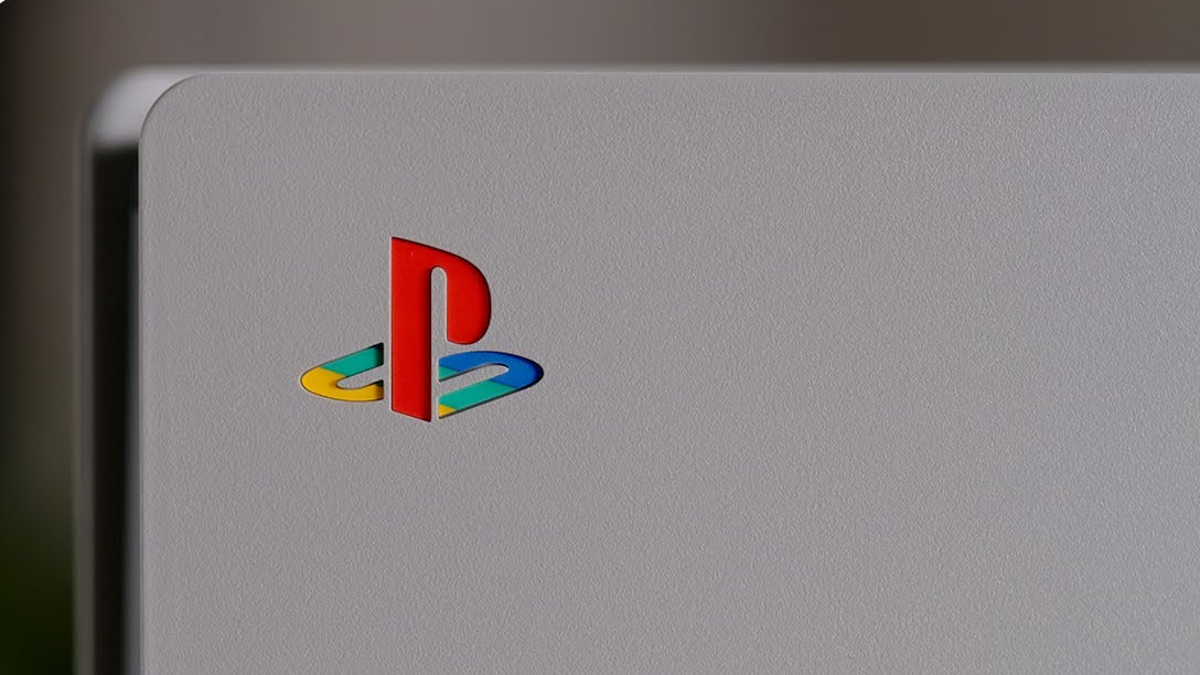


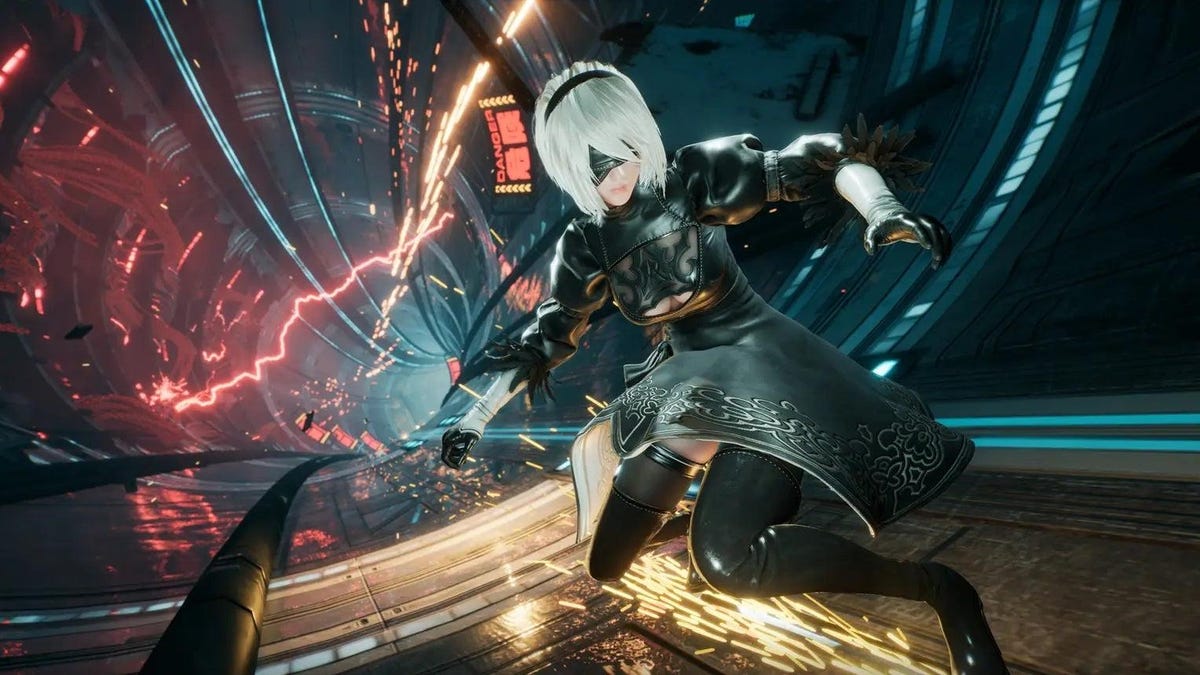
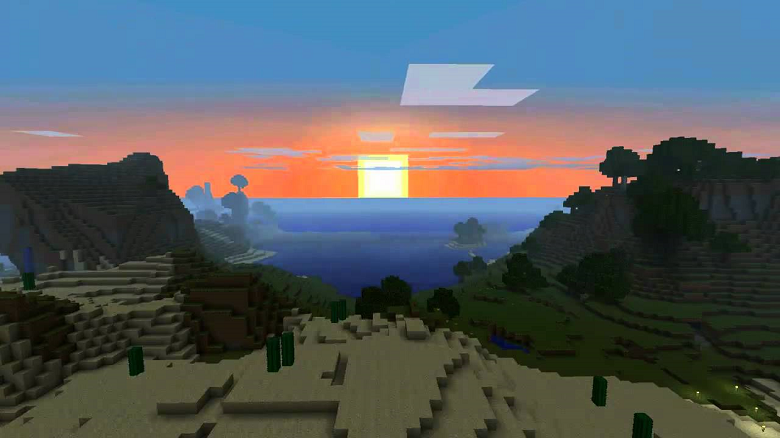
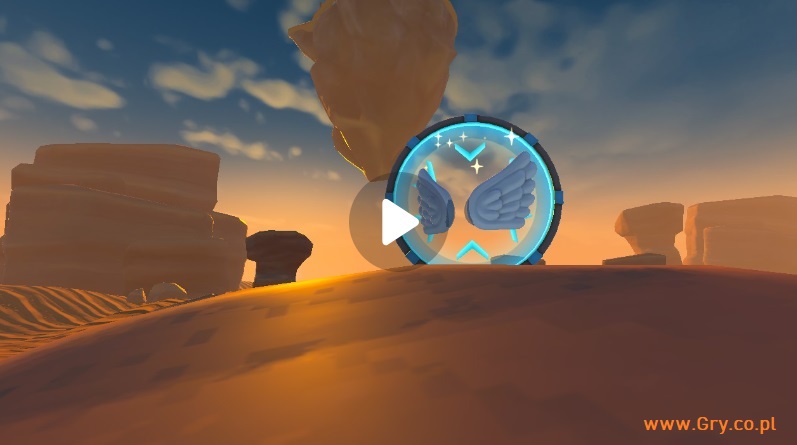



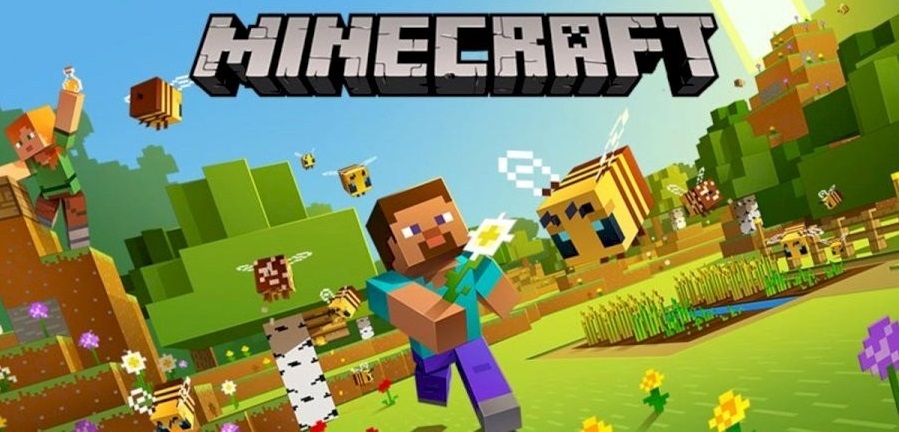


.png)

.png)


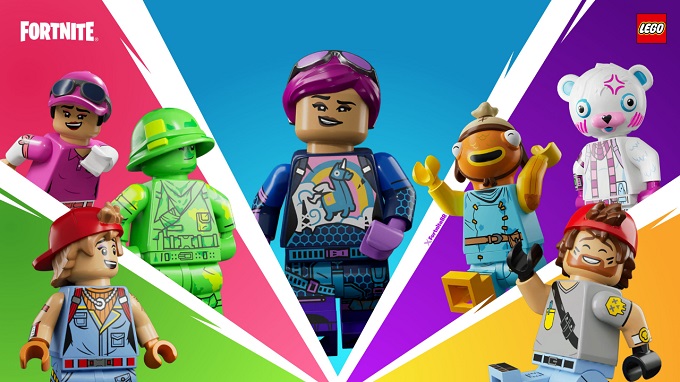


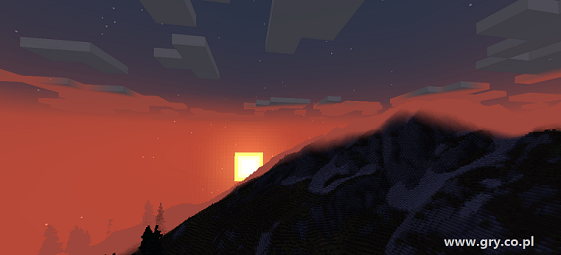






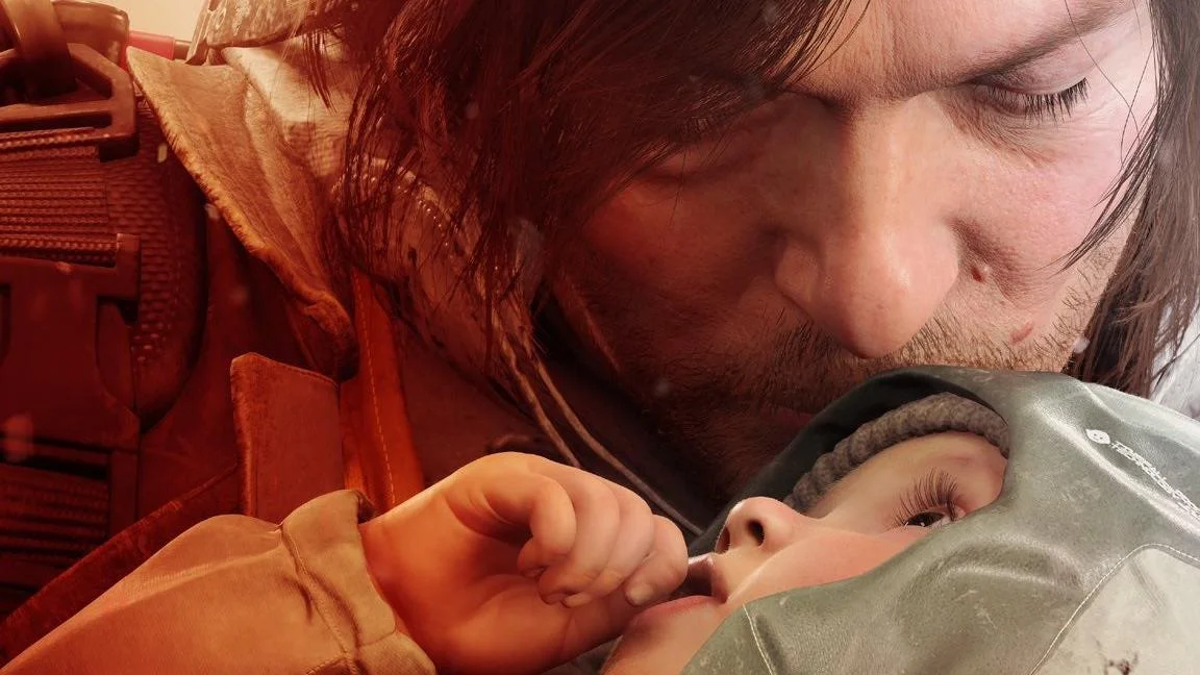


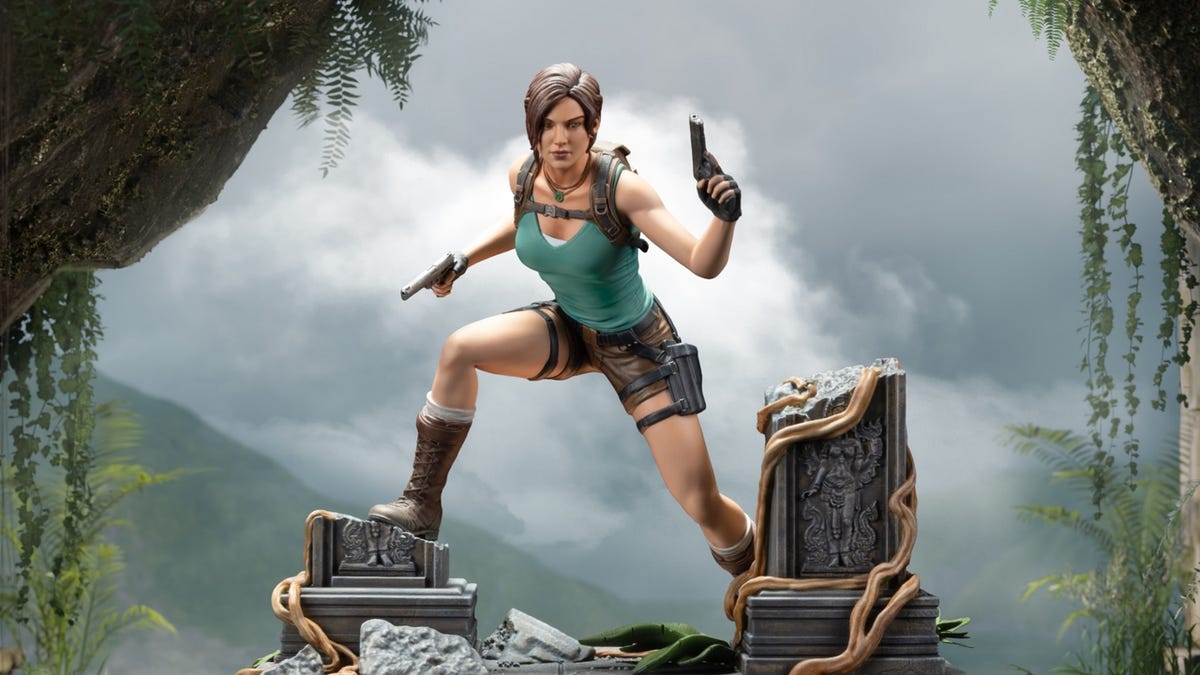





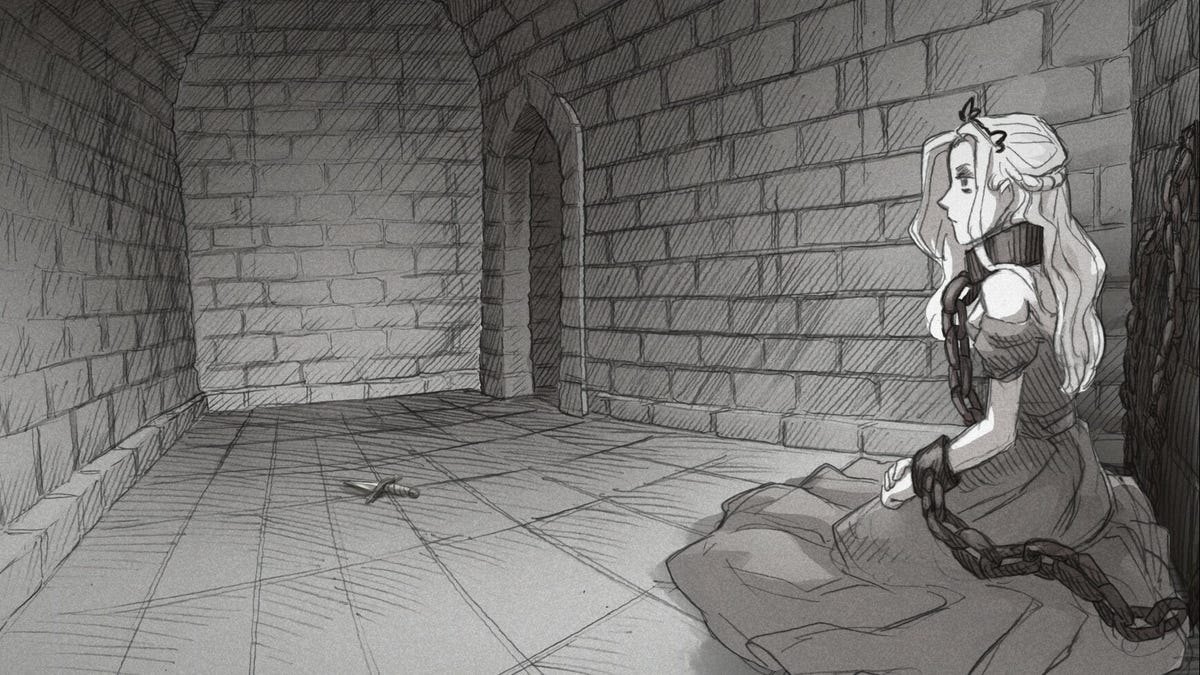





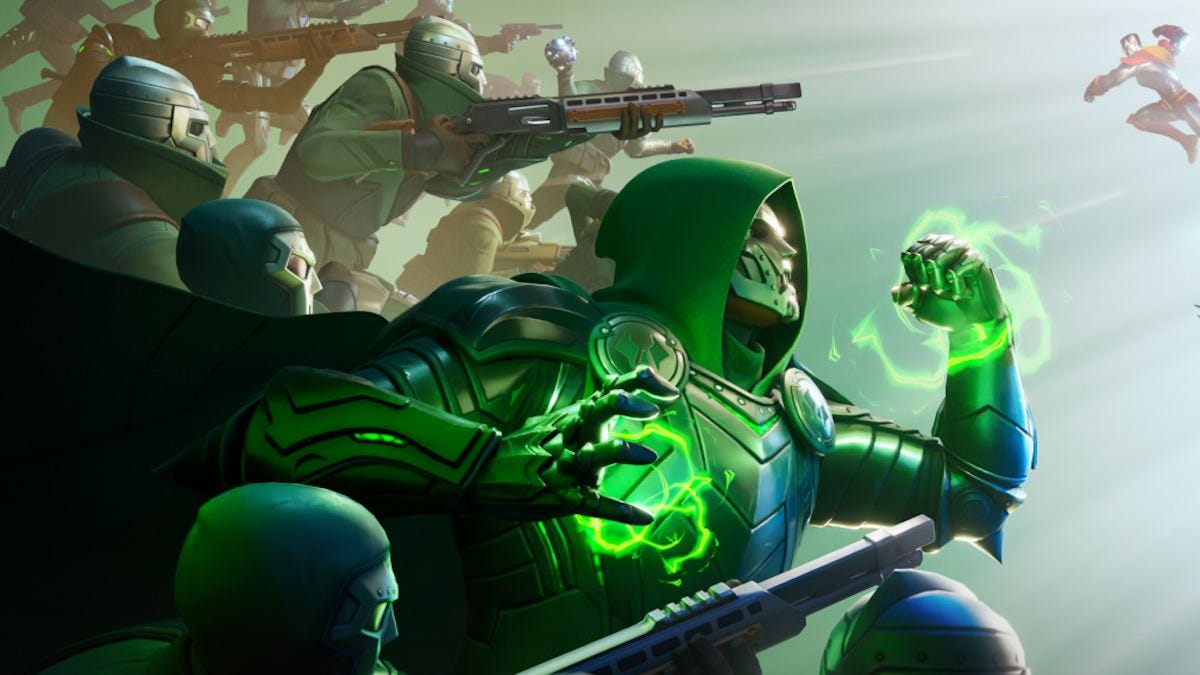

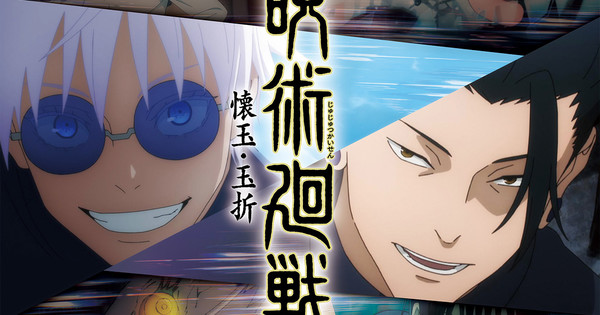


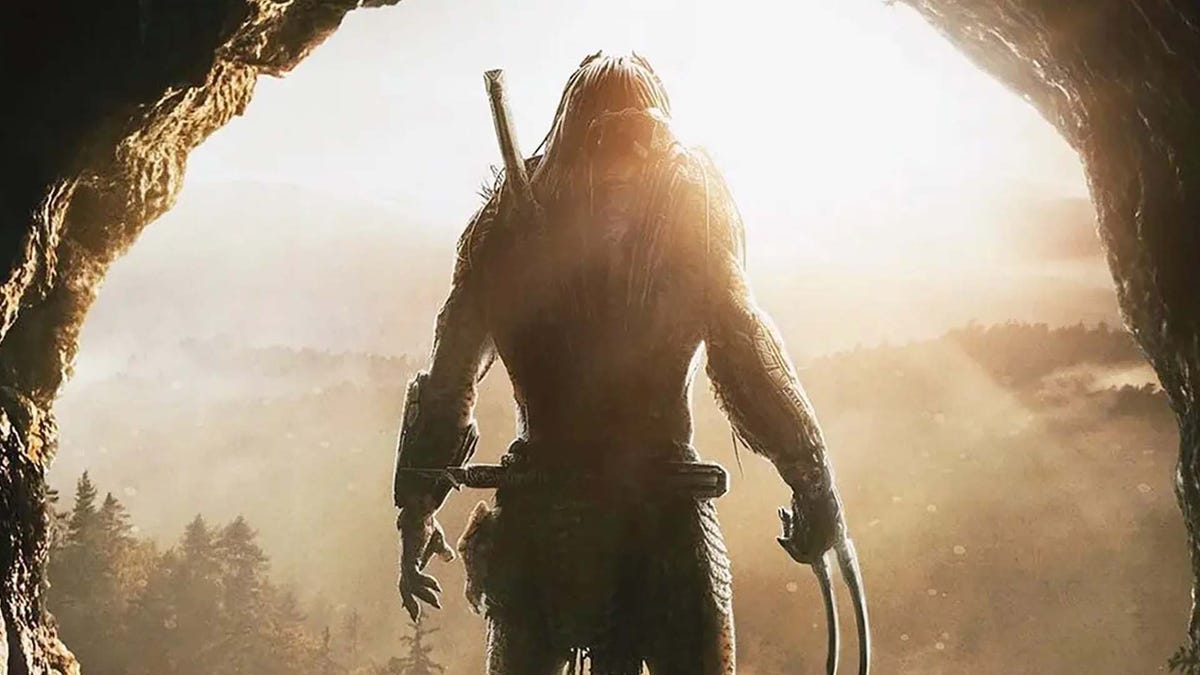

 Bengali (Bangladesh) ·
Bengali (Bangladesh) ·  English (United States) ·
English (United States) ·  Polish (Poland) ·
Polish (Poland) ·